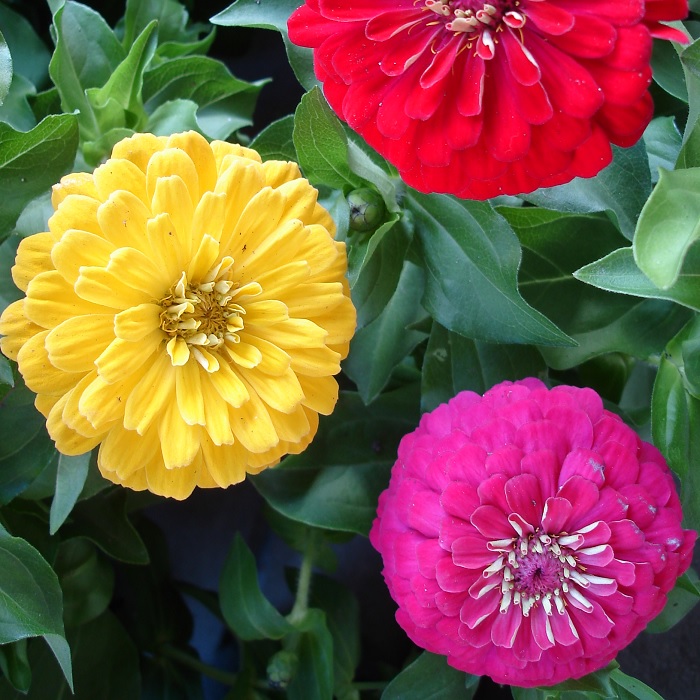UNITED STATES—When an individual rose shrub blooms with two distinct types of flowers, it seems to be doing a little extra. It provides the big, bold and strongly stemmed roses that it is grown for, along with daintier dark red roses. Eventually though, the small red roses become more abundant, and can crowd out the more desirable roses.
Almost all of the older roses that are grown for cutting are grafted. This means that the stems that provide such excellent flowers above ground are attached to genetically different roots. When such plants were young, the graft union was more obvious, where the canes branched out from the single stem just above the roots.
The stems above the graft union are known as the ‘scion.’ The roots below are known as the ‘understock’ or ‘rootstock.’ The two are grafted together because the scion blooms so well, and the understock develops stronger and more efficient roots. Scions are not expected to grow roots any more than understock is expected to bloom.
Adventitious stems that develop from the understock below the graft union are known as ‘suckers,’ probably because they suck resources that should go the scion. They should be removed as soon as they get noticed, before they can dominate the scion. They become more difficult to remove as they mature.
If possible, fresh new suckers should get broken off from their origin instead of simply pruned away. It sounds violent, but is actually more effective. Stubs left from pruning are much more likely to develop more suckers later. Suckers that get pruned back repeatedly can develop into significant burls.
Old rose shrubs that were planted with an abundance of organic soil amendments tend to sink into the ground as the soil amendments decompose. If a graft union gets buried, it can be difficult to distinguish between suckers and good canes that develop above the graft union.
‘Tree’ roses have two graft unions. The branched scion on top is grafted onto a straight stem of a different variety. The straight stem is grafted onto the understock at ground level. The trendy carpet roses and some other modern roses are not grafted, so will not develop suckers.
Highlight: zinnia
The lineage of modern zinnias is too complicated to describe. Most are still known as Zinnia elegans, even though they have been bred extensively with several other specie to produce an impressive variety of flower forms and colors. The shortest varieties get only a few inches tall. Big varieties get about two and a half feet tall.
The two to five-inch wide flowers, which bloom in phases from spring until autumn, can be yellow, orange, red, purple, pink, salmon, peach, chartreuse or bronzy brown. Some are striped or freckled.
Some flowers look like colorful daisies, with big petals (ray florets) neatly and flatly arranged around prominent centers (disc florets). The overly abundant petals of pom-pom types make rounded blooms with nearly obscured centers. Most are fuller than the daisy types, but not as plump as pom-poms.
Zinnias are warm season annuals that like good exposure and rich soil. The paired leaves are slightly raspy, like kitten tongues, and can be susceptible to powdery mildew. Deteriorating flowers should be deadheaded, although a few can be left for seed.






